Culture
REVIEW: 42nd Street At The Mayflower Theatre
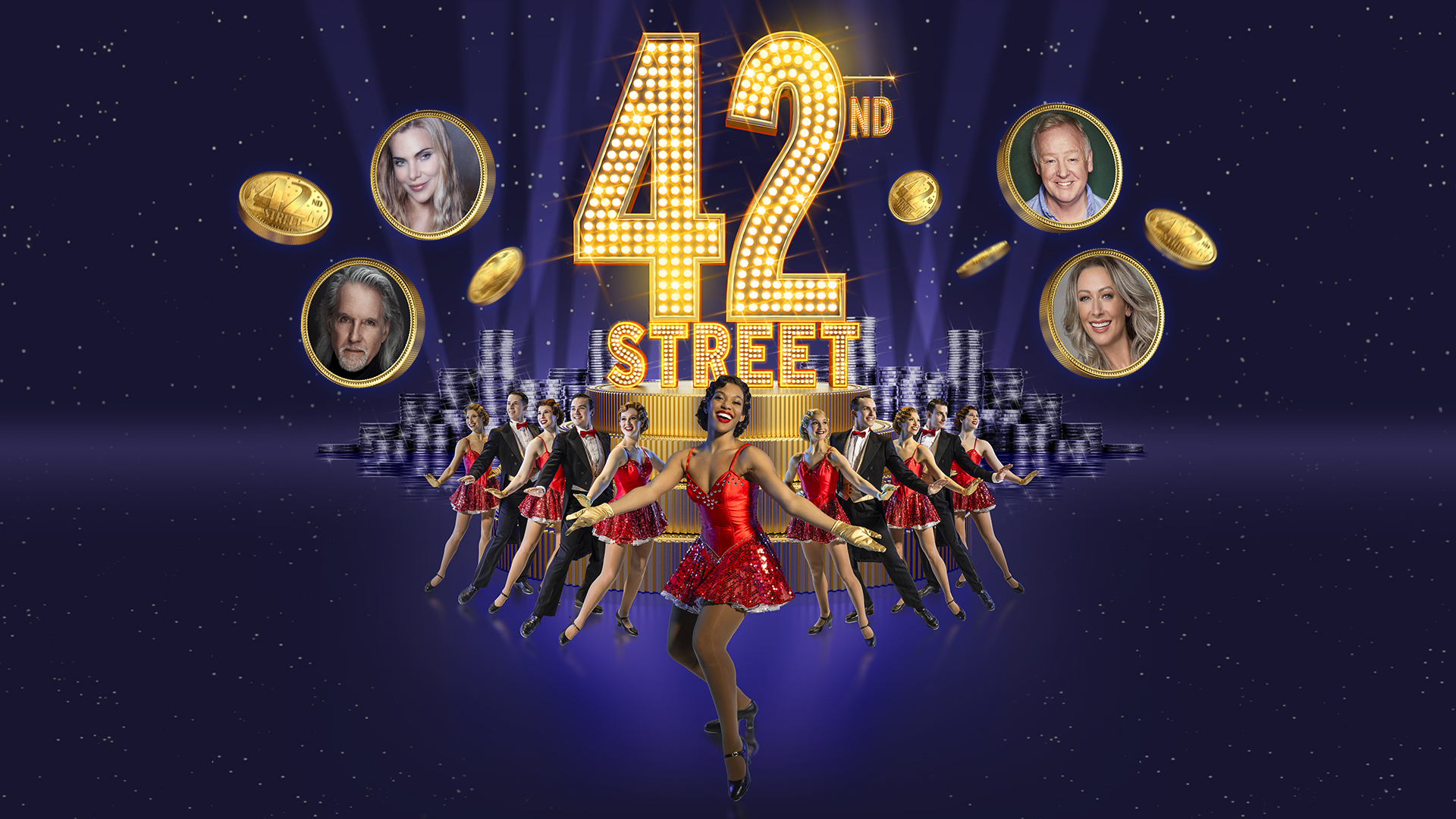
Transport yourself back to 1933 New York because that’s exactly where Southampton’s Mayflower theatre was tonight. ‘42nd Street’ is as classic as musicals come. It has everything; the glitz and the glamour, show-stopping acting, a magnificent orchestra, and of course those famous toe-tapping songs. This musical almost epitomises Broadway, and they just aren’t made this way anymore. ‘42nd Street’ is based on the 1933 film of the same name and is most well-known for the wildly impressive tap dance numbers. Director Jonathon Church (Singin’ In The Rain, The Drifters Girl), has perfectly managed to mix the old with new to tell this iconic feel-good story in an updated, rejuvenated way that doesn’t feel dated in the slightest.
The story follows a small town American girl, Peggy Sawyer, arriving in New York City and dreaming of her name up in lights. She catches the eye of a big-time director and gets her big break in the chorus line of a brand new show on Broadway. But when the leading lady gets injured, Peggy gets a shot to see her name in lights. The idea of this story is one that so many people can connect with in different ways. We’ve all had a dream of catching our break, and just like Julian Marsh tells Peggy in the show, “people trying out all over the world will be thinking maybe they’ll get their big break and be the next Peggy Sawyer.” (Or something along those lines at least). This show is funny, heart-warming, breathtaking and just exactly what you think of when somebody says the word, ‘Broadway’. All of these things have to stem from the fantastically energetic and charismatic cast that tell the story not only through song, but through dance as well.
The whole company were just sublime. The dances were inch perfect, the acting superb, and the singing was top form as well. Fantastic! There are a few shoutouts that have to be made however. Samantha Womack who played the role of ‘Dorothy Brock’, was terrifically camp and had such a powerful voice, controlling the stage and audience with her presence. Michael Praed, who played the role of ‘Julian Marsh’ was fantastic in his delivery and really helped the show flow from point to point. Faye Tozer and Les Dennis (yes, the same Les Dennis who had a well timed exit from Strictly) played the roles of ‘Maggie Jones’ & ‘Bert Barry’, who were the classic on stage duo that brought a bit a light to the scene exactly when it needed it – always getting a laugh from the audience, brilliant work! And finally Sam Lips (‘Billy Lawlor’) and Nicole-Lily Baisden (‘Peggy Sawyer’), were not only outstanding in their own right – but as the ‘will-they-won’t -they’ love interests as well. Sam’s voice was just immaculate, and to sing as he was in-between energetic dance breaks was extremely impressive. Nicole’s story telling throughout was inspired. You followed and felt attached to the nervous yet bubbly girl you met at the start of the show, and stayed with her as she evolved into the star of the show. Not to mention her dancing and singing ability as well. Incredible! I honestly cannot state how awe-inspiring watching the whole company dance numbers was. I understand that as a dancer, 42nd Street is one of the hardest shows to get cast in, and now I can see why. Their hard work certainly doesn’t go unnoticed. Just exceptional from every last company member!
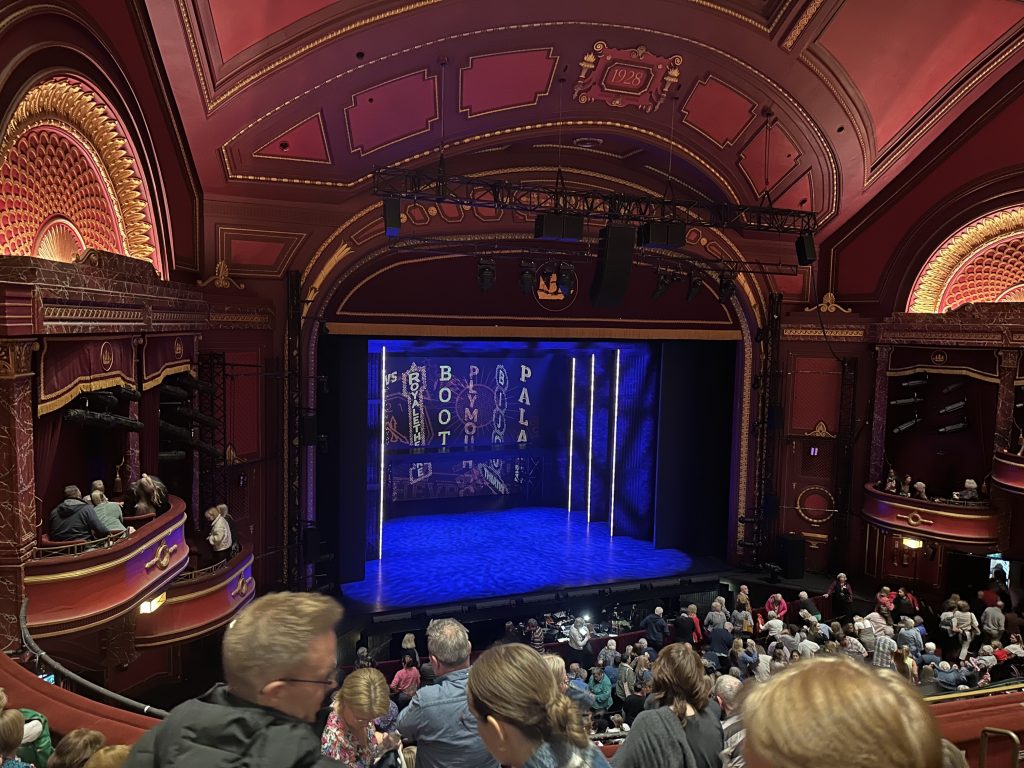
The set and lighting for the show were big, bold and sparkly. I know I’ve said it already, but even the set was everything you’d expect from a Broadway or West-End show. Not only was it big and extravagant, but it was also really cleverly thought out and put together. The use of shadows and projections throughout was really well done. Usually when shows use projections, I feel as though the idea of the projection is always better than the execution. This was not the case for ‘42nd Street’ however. Projectionist, Jon Driscoll, has nailed exactly what is needed for a projection to remain effective but not look tacky. Ben Cracknell, lighting designer, has also clearly worked closely with Jon and Robert Jones (set and costume designer), to be able to light such an array of different scenes. One piece of design that particularly sticks out in my mind is the ‘shadow dance’ on the white screen using shadows from both in front and behind the curtain. So simple yet so effective. I also loved how the set would go from the stage of ‘Pretty Girl’ (the show within the show), to backstage of that very show, just from the drop of a curtain or stage surrounding with a quick light change.
Another thing that stood out to me was the costume design. More specifically how this accentuated the dancing. The dancing by itself was really telling a story, but the period accurate costumes on top of this just added that extra cherry on top of the cake. A personal favourite of mine was the gold sequinned blazer that ‘Billy Lawler’ wore during one the songs, and the way in which the light shone off of it. The costumes were suave yet glamorous and it all worked together wonderfully.
Now tap dance is its own form of music and rhythm, but the show would be nothing without the live orchestra that went along with it. The musical has some very famous songs such as ’42nd Street’ and ‘Lullaby of Broadway’, along with a beautiful swing and jazz score. To hear all of this with a live orchestra just makes the show feel that much more real. The way in which the tap dance and orchestra complimented each other was wonderful and I love how the conductor (Grant Walsh), became a character by becoming the conductor for ‘Pretty Girl’. Extremely clever, and it makes the audience feel even more a part of the story.
‘42nd Street’ is everything you’d ever want a musical to be and more. The story is timeless, and the fact that it’s 90 years old backs this up. The breathtaking tap dance routines that the show is famous for are mesmerising, and the mixture of classic romance and comedy is delightful. The whole musical gives a sense of that backstage intrigue, of what goes on behind the curtain – and by letting us in, we feel like we’re part of some sort of secret. Each and every dancer, actor, singer – anybody and everybody involved in this show deserve a big round of applause. I wish all the cast and crew of ‘42nd Street’ the best of luck as they continue on their UK tour and here’s hoping that the timeless musical keeps tapping on.
Culture
Where confidence takes centre stage: How theatre transforms

Performing arts education isn’t just about learning to act, dance, or sing – it’s vital in developing many young people’s confidence and self-expression.
In a digital age where young people are spending more time on their devices than ever before, theatre education provides lifelong skills like communication, resilience and teamwork.
I caught up with some of the students at Artisan Theatre School, a Hampshire based youth theatre club, to see if this rings true.
Ben, 18, said his time at theatre school has “helped develop people skills” and made him “a more confident person”.
He urged other young people to “get involved and enjoy it!”
Daniel, 17, shared a similar sentiment saying his “confidence has grown a lot”.
Theatre education can open a whole world of new opportunities for young people, giving them the space to discover their talents and explore future career paths.
Lucy, 17, has attended Artisan Theatre School for nine years and said: “I want to be a performer in some capacity.”
She added: “That’s my dream because of Artisan.”
Emma, a singing teacher at the school, said performing arts education is “beneficial to anyone,” not just those pursuing it professionally.
She added it can be especially valuable for children with SEN, helping them build confidence, improve communication, and “come out of their shell” in a supportive environment.
Unfortunately, despite its benefits, arts education is not guaranteed for every young person.
Cuts to funding over the last decade has had a significant impact, limiting access to creative learning opportunities.
The Cultural Learning Alliance’s 2025 report reveals a 42% decrease in Creative Arts based GCSE entries since 2010, and a 27% decline in the number of Arts teachers.
Sam Blackwell, principal and founder of Artisan Theatre School, said arts education is “really important” and that “they don’t do enough of it in schools”.
She explained that her vision in creating the school was to “give back more to kids and get them being confident”.
To help fill the gaps left by reduced arts provision in schools, Sam plans to introduce additional classes and offer increased opportunities for her students to learn from industry professionals.
Culture
And we all keep dancing for it can’t get any worse (90s/00s)

The Shakespearean nature of Tony Blair’s time as Prime Minister is something that had never been seen and his obsession with “the spin” that had won him the 1997 election and made him one of the most popular prime ministers when entering office.
With large proportions of the public optimistic for his premiership incoming.
A fall from grace would ensue much like Macbeth.
It would be cruel and untrue to reflect on Tony Blair’s premiership to say that it was a complete failure, especially as many still see him as one of the best PMs the UK has ever had.
Since one of the biggest landslides in UK election history in 1997, he was able to push through many socialist policies without much of a hassle: inflation was low, crime was down by a third, children were achieving some of their highest results ever in school, thousands more students were going to university, a million pensioners and three million children had been taken out of poverty, the quality of the air, beaches, and drinking water was as clean as before the industrial revolution.
However 9/11 changed everything. The era of youthful optimism and rebellion has been replaced by what a lot of thinkers call post-post modernism.
At site Zero, George Bush claimed that “those who are responsible must be brought to justice.”
He outlined Cuba, Iran, Libya, Syria, North Korea and most importantly Iraq.
Once the troops stepped into Iraq, it was the start of a domino effect that quickly decimated Blair’s time as PM.
Unlike Kosovo and Sierra Leone, Britain’s involvement in Iraq did not have the public’s support.
In his book The Prime Ministers, Steve Richards remarks that Tony Blair had not assumed any cabinet position in the lead up to his premiership and asks:”What if Blair had been foreign secretary? at least he would’ve seen, and interpreted intelligence – an explosively contentious issue in the run-up to the Iraq War.”
And then, the day after London had been announced as the host of the 2012 Olympics, on the 6th of July 2005, 7/7 happened.
Four terrorists detonated bombs on public transport – 52 killed and 784 were injured.
When times get tougher and life gets sadder, what do people do? Dance to forget
Prince William and Kate were leaving a Chelsea nightclub at 3am, Prince Harry was partying with Kanye West and getting into a scuffle with photographers at 4am.
The 2000s club scene was here and everyone was taking part; it was loud, it was abrasive, and it was here to stay.
Since the introduction of the stifling 1994 Criminal Justice Act, which is considered to have brought the illegal rave era largely to a close, “free parties” were the new get-around of the law: Student clubs offering “buy one, get three free” on alcopops and 50p doubles for an hour.
Halls bars were £1.20 a pint. Artists like LCD Soundsystem, Missy Elliot and Rihanna began their rise to fame with dirty, booming soundscapes that captured the drug-fuelled atmosphere of clubs as everyone dances to a beat that never seems to end, drenched in sweat.
Films like Trainspotting capture the allure of 2000s clubbing but the grim reality, drugs have found their way into the club scene.
Much like the Oasis album Standing on the Shoulder of Giants is described as Oasis’ “come down album”, the 2000s was a comedown era of clubbing.
The times were sad, but the music got louder?
As David Cameron’s government entered Number 10 Downing Street in 2010 and ushered in 14 years of austerity, where exactly would clubbing culture go with almost all clubs closing….
Culture
REVIEW: Sigrid – There’s Always More That I Could Say

2 out of 5 stars
A disappointing third album filled with negativity
In all honesty, I was late to Sigrid’s party.
I started following the Norwegian pop star in 2023 when she had already released two albums and completed a slew of EPs and international tours.
In no time at all, I was captivated by her rasping tones, funky rhythms, and cool electronic synths.
When news broke that her third album would be releasing on 24 October, it was no surprise to find myself listening and assessing it…
Jellyfish is the first single and the most lighthearted. I like it.
It’s a nice story about two people meeting at a dance and kindling a relationship.
Sigrid sings in a syncopated rhythm, giving a jazzy tone to the tune.
For the first time in her career, she includes a flute.
Cold, gritty, grim
It plays a flourish at the beginning but I can’t hear it throughout the rest of the track. It would be good to hear more of the flute in future.
Fort Knox is single number two. As the name suggests, this is a cold, gritty, grim song about a woman betrayed by her man.
This betrayal cuts so deep that she has retreated into her shell to “lock my love up in… Fort Knox”.
I enjoyed the dramatic, dark nature here, especially the war cry chorus throughout the song.
Towards the end, you would think the song has finished before it plays one more crescendo of strings to cap things off. I thought that was unnecessary.
The third single, Two Years, is written from the perspective of the woman’s boyfriend, another new departure for Sigrid.
He has been chasing for that exact period of time. It’s a cheery song with a strong beat, despite the desperate lyrics like: “What are you running from? / Why did you let me go?”
I’ll Always Be Your Girl is another sad song of frustration and heartache caused by a rowdy, hot-headed partner.
It is sung very well, especially the pleading chorus line, and the drum-guitar combination gives me something to nod along to.
Unconventional energy
Do It Again is the most unremarkable song on the album.
There is a good guitar and drum track, however the story again is quite predictable for Sigrid (being tempted to rekindle on old flame relationship).
Kiss The Sky returns to more unconventional energy which is great.
A lovely fade into the track leads into the main verses.
This time, Sigrid is speaking her verses with a distorted effect rather than singing them. It sounds good and complements her natural raspiness.
A strong guitar riff carries us through the bridge. The electronic synths make this seem like a 1980s dance track.
It’s only the lyrics that make this song a story of disappointment between lovers.
There is sexual innuendo in Hush, Baby, Hurry Slowly.
You could interpret it as a man and woman deciding whether to move forward with their relationship.
You could see it as partners deciding whether to have sex or not.
As a result, it’s an interesting song and makes you listen to try and work it out.
The structure shakes things up by starting with the chorus fading in.
The song ends with the melody slowing down and lowering in pitch, reflecting the title in musical terms.
The title track is the obligatory solo piano song.
Sigrid has had at least one piano focused song in all albums.
This is the most beautiful song in the album, featuring solo piano and a nice resonance on the voice.
The lyrics still contain tensions between people, like “giving…my worst” as a girlfriend.
Nevertheless, this is my favourite song from this year’s collection.
The penultimate track is also the longest in the album.
Have You Heard This Song Before picks up the energy from the previous song with a predictable but welcome mix of drums and synths.
The lyrics are pretty hopeful in tone about wanting to spend time with your partner. This is the most positive track on the album.
The last song, Eternal Sunshine, is a conventional finale song.
It has a regular beat and instrumentation.
It is another song built out of frustration with a partner – she wants to “drink” him out of her mind.
It would have been nice to have something different to end on – maybe a different topic.
This is the shortest album Sigrid has released. That is disappointing.
There are 10 songs in only 31 minutes.
I would have expected the usual 12 tracks or more.
The previous albums managed it fine.
Sucker Punch (2019) and How To Let Go (2022) contained 12 songs. The Special Edition of How To Let Go added 15 songs on top of the originals.
This album differs from the last two in that every song but one is constantly loud, energetic, and pumping.
I would have preferred more balance between softer and pounding songs.
How To Let Go had more positivity in it, such as singing in a taxi, body-confidence in the mirror and making the most of life.
This album has replaced that with disappointment and frustration.
It is the album with the most “explicit” songs – never before have we had an album with so much swearing.
I hope that is toned down in future.
Here’s hoping that the next album is more positive, unconventional and creative.
Perhaps that will come out in three years, like the others.
There’s always more that Sigrid could say (sorry, that was a terrible joke).
-
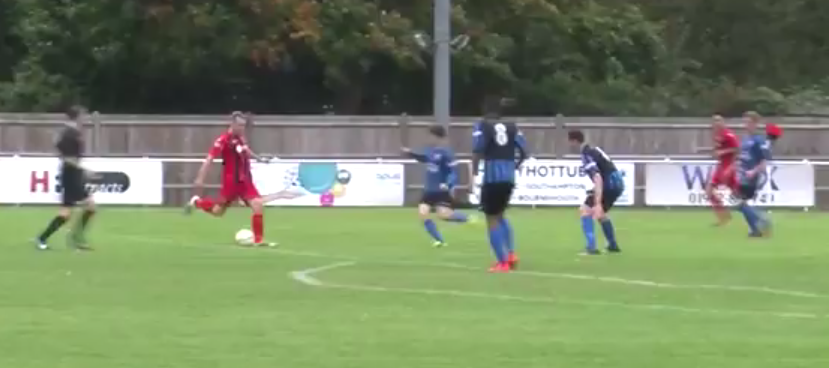
 Football9 years ago
Football9 years agoFootball – Winchester City vs Didcot Town
-

 Community9 years ago
Community9 years agoWinnall community association renovated
-
Community8 years ago
Hampshire’s frontline services at risk
-

 Hampshire8 years ago
Hampshire8 years agoUniversity of Winchester Parking Trouble
-
Community8 years ago
Knight Bus unveiled at school
-

 Community8 years ago
Community8 years ago‘Controversial’ new plans take shape in Eastleigh
-
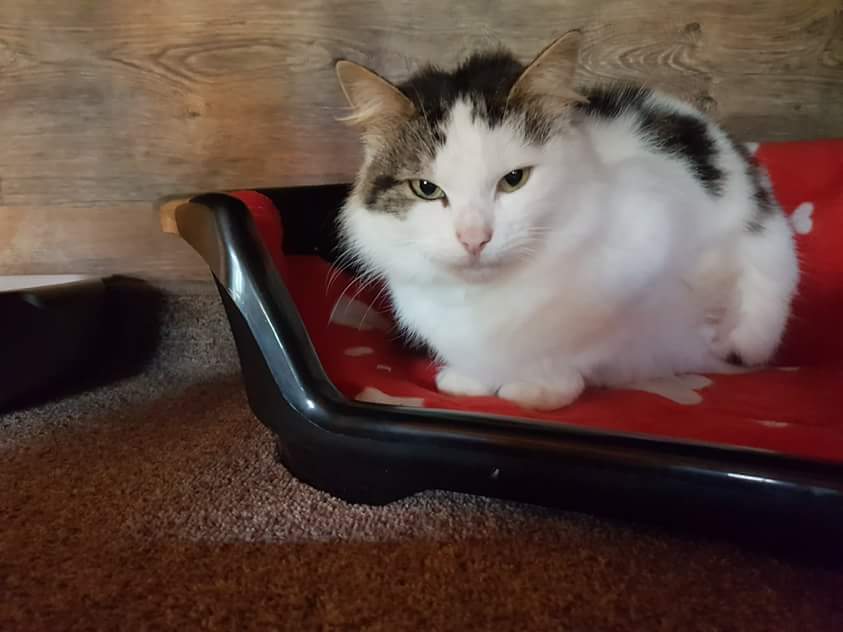
 Winchester News Online8 years ago
Winchester News Online8 years ago#MiracleMissy Update
-
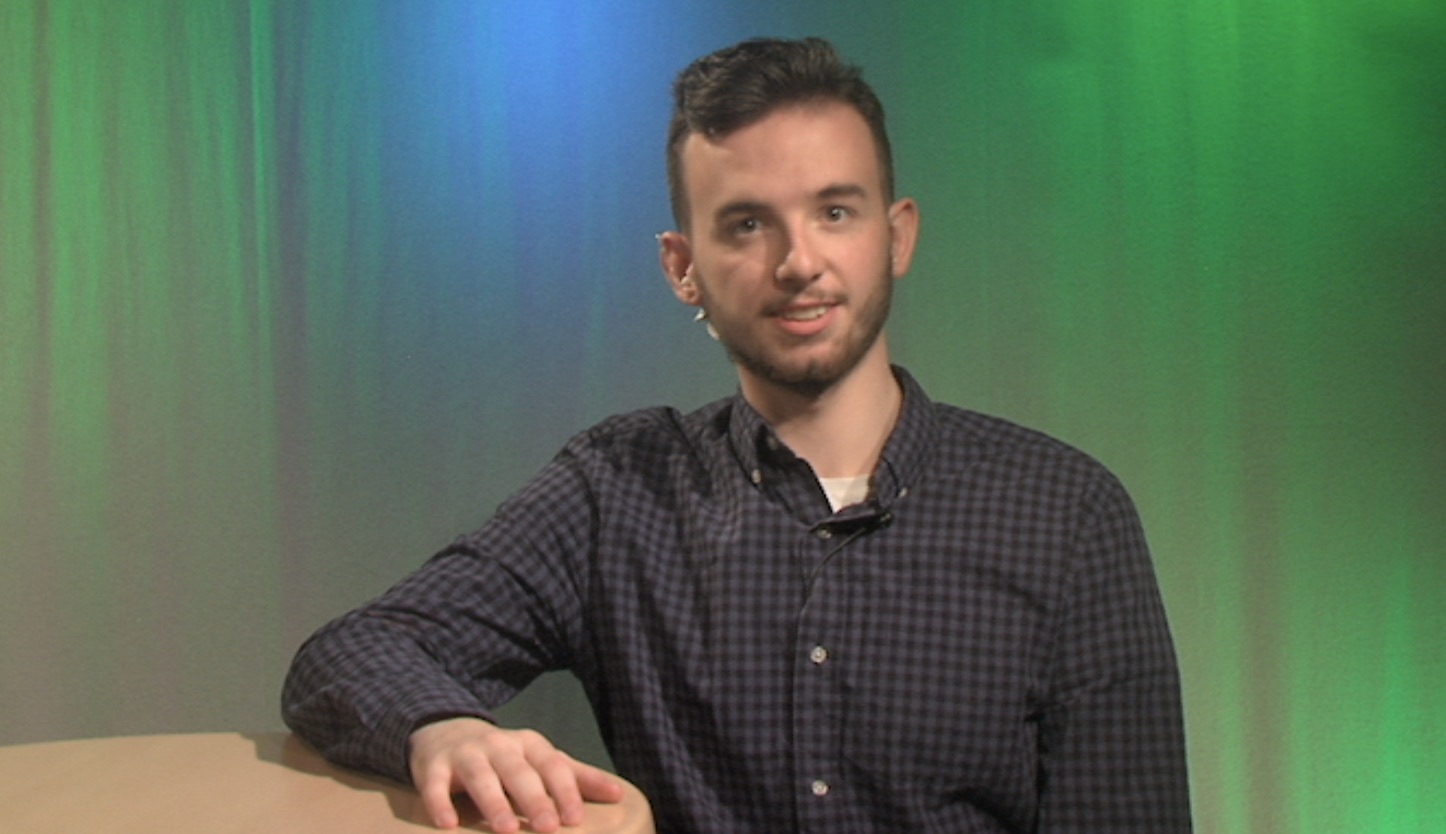
 Bulletins7 years ago
Bulletins7 years agoWINOL 20 November 2018
